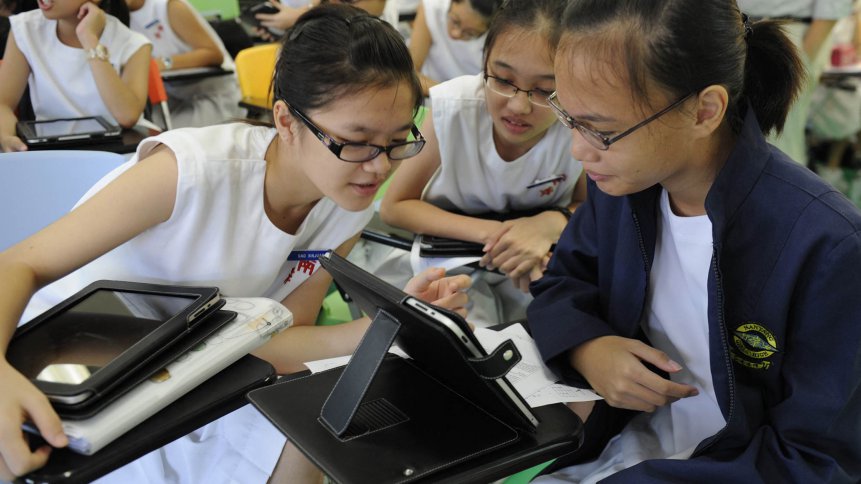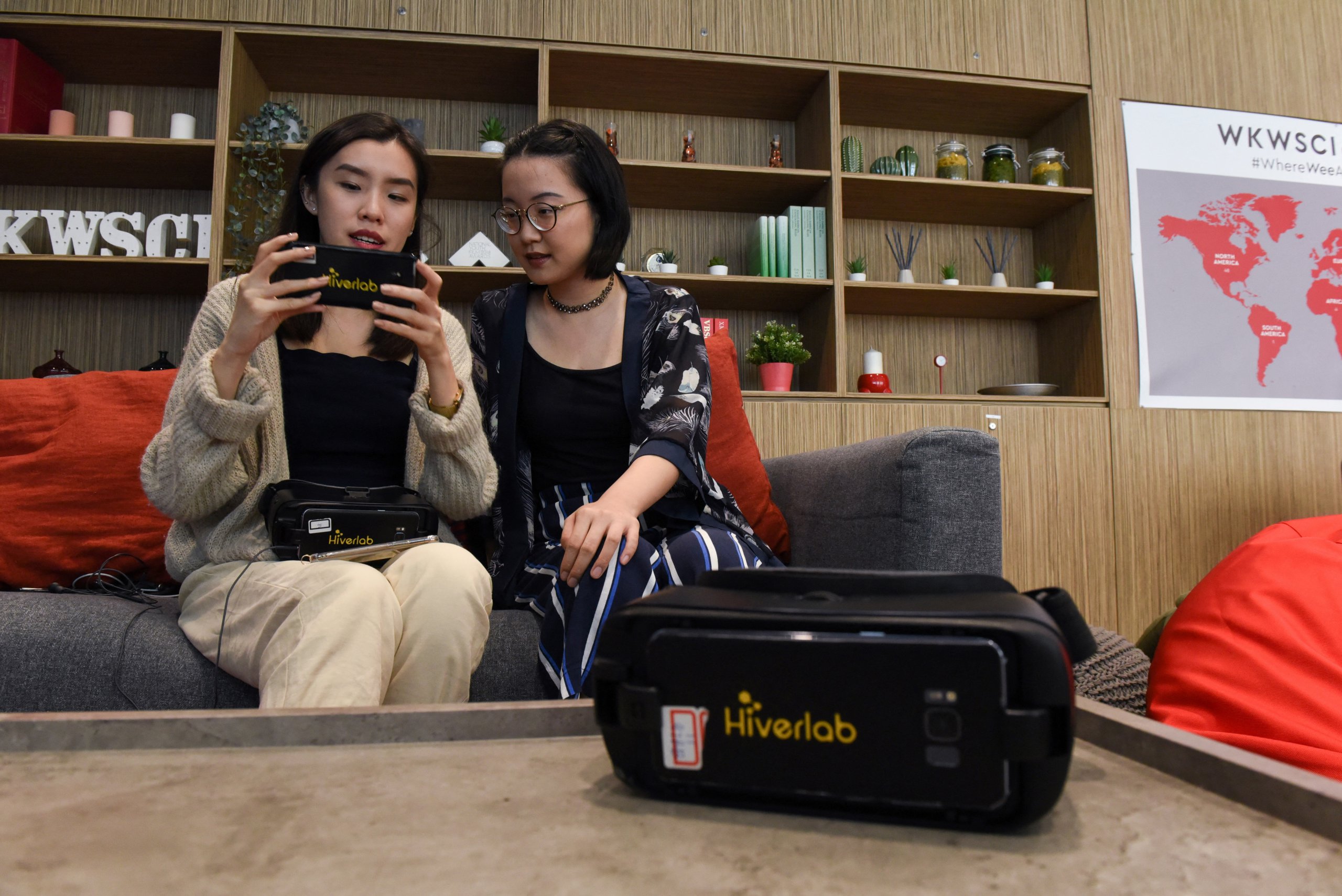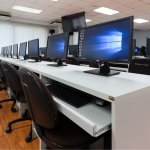
The Asia-Pacific region is the fastest-growing region worldwide in the adoption of education technology (EdTech), growing at a CAGR of 17.5%, and rising from US$17.6 billion in 2019 to US$64.5 billion by 2027.
Across that region, Singapore is globally recognized as a leader in EdTech adoption and the country’s readiness to embrace education technology can be traced back to 1997 when the Ministry of Education (MOE) first announced the first information and communications technology (ICT) plan to nurture digital literacy among students.
The Singapore ICT master plan is now in its third iteration, with new initiatives including infrastructure upgrades, integration of EdTech into classrooms, and the use of ‘Edumall 2.0’, an online platform for hosting teaching and learning digital content.
The disruption from the pandemic has seen schools and educational instructions make a rapid transition to home-based and remote learning, with many adding and upgrading their IT education technology and monitoring tools to provide better outcomes for all. However, rapid EdTech adoption may not necessarily be a good thing.
Because of the pandemic, the push to go online has been sudden and many educational institutions have little experience in going fully digital. Through trial and error, schools in Singapore have pivoted and scaled their infrastructure to support the remote classroom and a surge in network demand. However, the learning experience is often compromised due to the use of too many applications or from the lack of an adequate infrastructure to support them.
The saturation of EdTech tools may be leading to wasted money, inefficiencies, and missed opportunities. When there is a heavy reliance on technology, tool sprawl seems almost inevitable.
But it doesn’t have to be this way. Here are three things schools and educational instructions must consider before falling into the trap of adding more applications or monitoring components to their IT systems.
Commission or decommission?
It’s tempting to invest in the latest shiny new solution. But instead of rushing to commission more apps, tough decisions must be made about where opportunities exist to contain the application environment, rather than continue to saturate it. The best way to do this is to conduct periodic assessments of the application environment.
IT pros and administrators should ask a few fundamental questions: how critical is the app to daily operations? Does it align with the district’s mission? What data does it house? Does it overlap with another tool? Is it being fully utilized? Finally, is it maintenance-intensive?

Students Seow Yun Rong (L) and Heather Seet setting up virtual reality simulations educating them about sexual harassment, at the Nanyang Technological University in Singapore. (Photo by Catherine Lai / AFP)
With these insights, officials can have a meaningful conversation about consolidating, retiring, replacing, upgrading, or commissioning new technology based on what’s best for students, faculty, and the mission.
Plan EdTech to mitigate infrastructure limitations
Tool sprawl isn’t just costly and inefficient; it puts pressure on the entire IT infrastructure. Pre-pandemic school networks and systems weren’t designed to accommodate a remote schooling model where everyone connects at once. However, through trial and error, schools pivoted and scaled their infrastructure perimeter to support the remote classroom and a surge in network demand.
Because high-performing networks are more critical than ever, to accommodate new software and hardware loads, weak points in the infrastructure should be identified and mitigated. Single-pane-of-glass monitoring tools are ideal for this because they give network administrators a consolidated view of network operations across their complex and sprawling infrastructure. This ensures they can proactively deal with issues before they impact learning and day-to-day operations. With a stable, scalable, and flexible infrastructure plan in place, districts will be better positioned to handle sudden changes or pivot when the next pandemic or disaster strikes.
YOU MIGHT LIKE

Cyber attacks threaten universities restarting in the UK
Understand potential network conflicts
While it’s easy to think more tools equate to more insights, a plethora of monitoring solutions, each focused on a different piece of the infrastructure, can consume valuable bandwidth and disrupt resources needed for learning. Consolidating network monitoring tools onto a common platform can help mitigate this problem – without drowning in alerts and data.
Monitoring tools aren’t the only issue. Day-to-day apps used by students and faculty also cause network conflicts and slowdowns. When IT teams understand which applications are mission-critical, like student record systems, they can create policies that grant them bandwidth priority.
Adopting EdTech for a positive classroom experience
With the burgeoning demand for education, the adoption of EdTech will only become more prevalent in Singapore and the region. Starting next year, the Ministry of Education is making hybrid learning a standard for the education system in Singapore.
While schools are implementing virtual classrooms, there’s a need to ensure the online learning experience remains effective and high-quality as it would be in an in-person setting.
While EdTech can help create opportunities for schools to thrive in the new digital education landscape, it can be cumbersome for IT teams to lend support because of the lack of visibility or assessment of the right solutions, an overabundance of tools, or an inadequate infrastructure.
Article contributed by Brandon Shopp, Group Vice President of Product Strategy, SolarWinds








